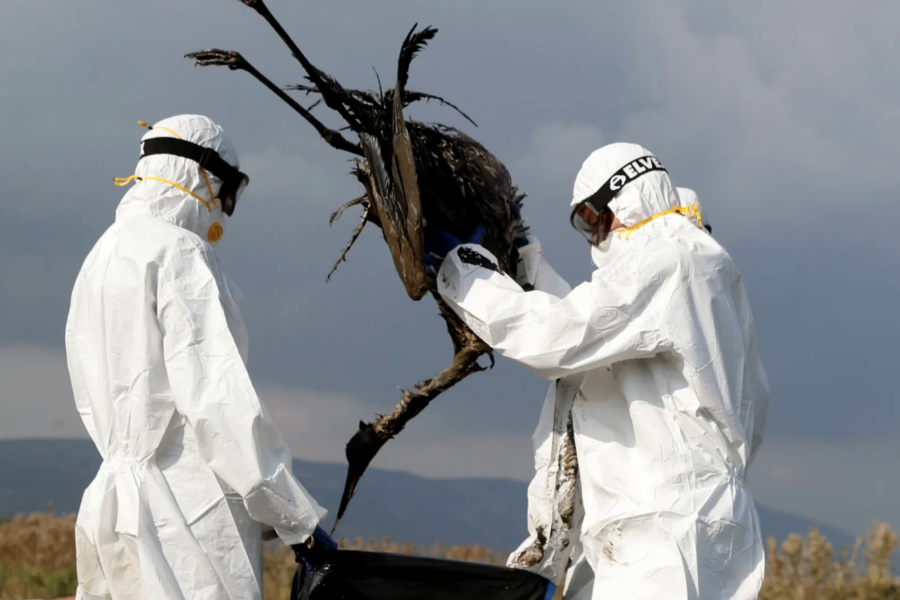In the last two years, more than half a billion birds have died globally. The cause isn’t deforestation or climate change or the destruction of grasslands — all of which are contributing to the precipitous decline of wild birds — but avian influenza, i.e., bird flu.
The majority of these birds were farmed chickens and turkeys; as the virus, known as H5N1, began circulating among poultry flocks in the US, Europe, and elsewhere, farmers started culling a record number of birds to stop the pathogen from spreading.
Yet what’s unusual about this virus is that it’s also been spreading rapidly among wild birds and even mammals, such as mink and sea lions, often causing severe infection or death. This raises a red flag among health officials.
“The increasing number of H5N1 avian influenza detections among mammals — which are biologically closer to humans than birds are — raises concern that the virus might adapt to infect humans more easily,” three United Nations agencies, including the World Health Organization, warned in a recent statement. “These outbreaks pose ongoing risks to humans.”
The risk of humans contracting bird flu is still incredibly low, new research shows, and the virus does not have the biological machinery to cause a pandemic (unlike the SARS-CoV-2 virus, which is great at spreading among humans). But the more this pathogen spreads, especially among mammals, the more opportunities it has to evolve traits that make it dangerous. That’s why scientists are taking it so seriously.
